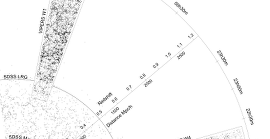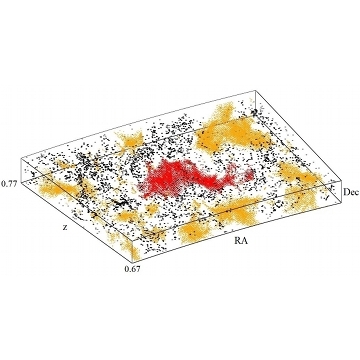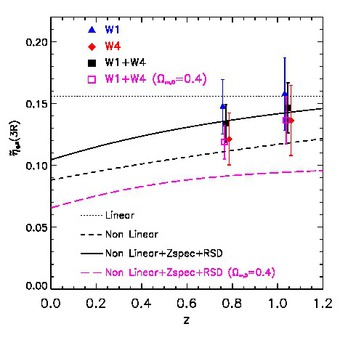Most of the Darklight team is gathering this week in Milan, together with the VIPERS Science Team, to discuss how to best use the 90,000 galaxy redshifts of the now completed VIPERS galaxy survey. The methods being developed by the ERC-funded Darklight project are allowing researchers to optimize the extraction of cosmological information from the large-scale galaxy distribution shown by…
Category: VIPERS

Cosmology with Galaxy Redshift Surveys
On 6 November 2014, the P.I. of Darklight, Luigi (Gigi) Guzzo, was at the ESO headquarters in Garching near Munich (Germany), to deliver the “Joint Astronomy Colloquium”, the official joint seminar of ESO and the two Max-Planck astrophysical institutes in Garching (MPA & MPE). He delivered a seminar on “Cosmology with Galaxy Redshift Surveys“, which is the central topic of his…

Voids in VIPERS
Cosmic voids, the largest component by volume of the cosmic web, are almost completely empty regions of space, containing very few galaxies and very low densities of dark matter. By studying them and by studying the few galaxies which inhabit them we can learn about the nature of structure formation, and design experiments to test dark energy. We identified over two hundred of these voids…

The clustering ratio in VIPERS PDR-1
The clustering ratio from VIPERS PDR-1 We analyzed VIPERS PDR-1 using a new statistical tool; the clustering ratio of galaxies. This quantity captures most of the information about the power spectrum of matter fluctuations. The great advantage of using it comes from the fact that it is almost insensitive to local non-linear bias and, in the linear regime, does not…

